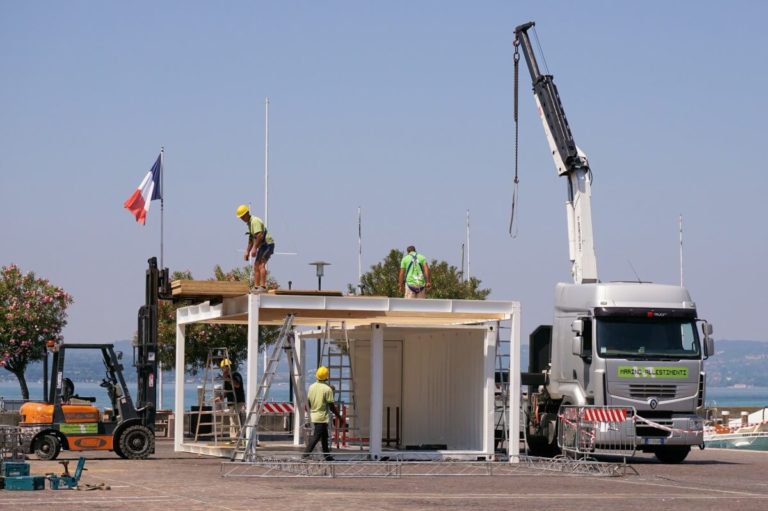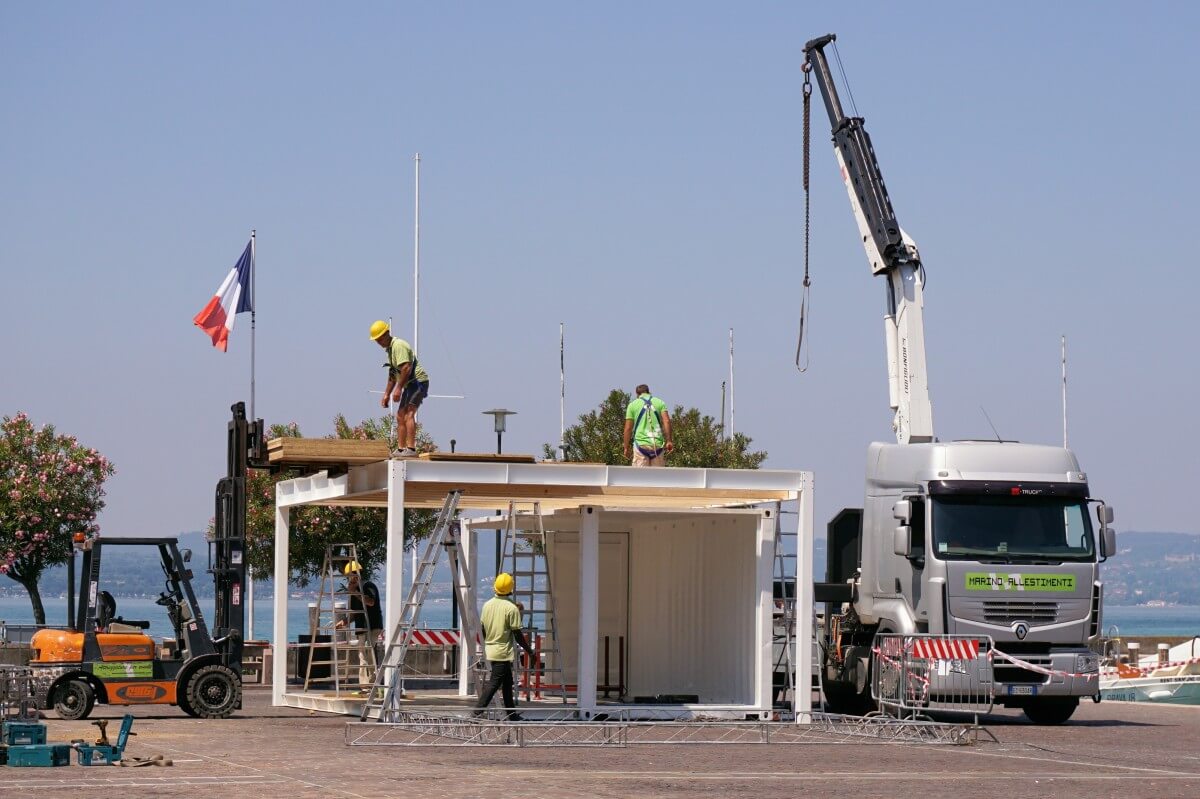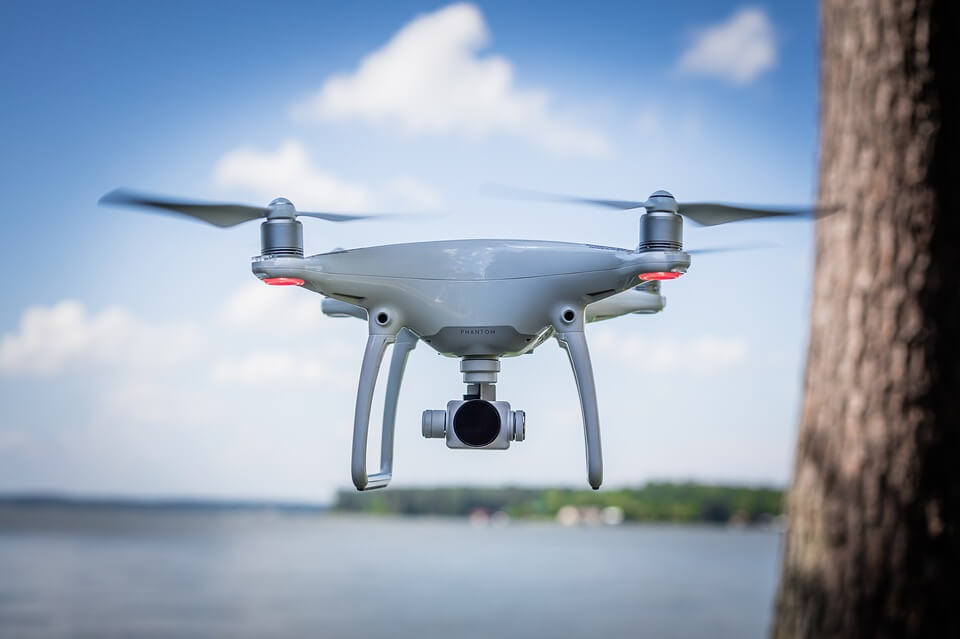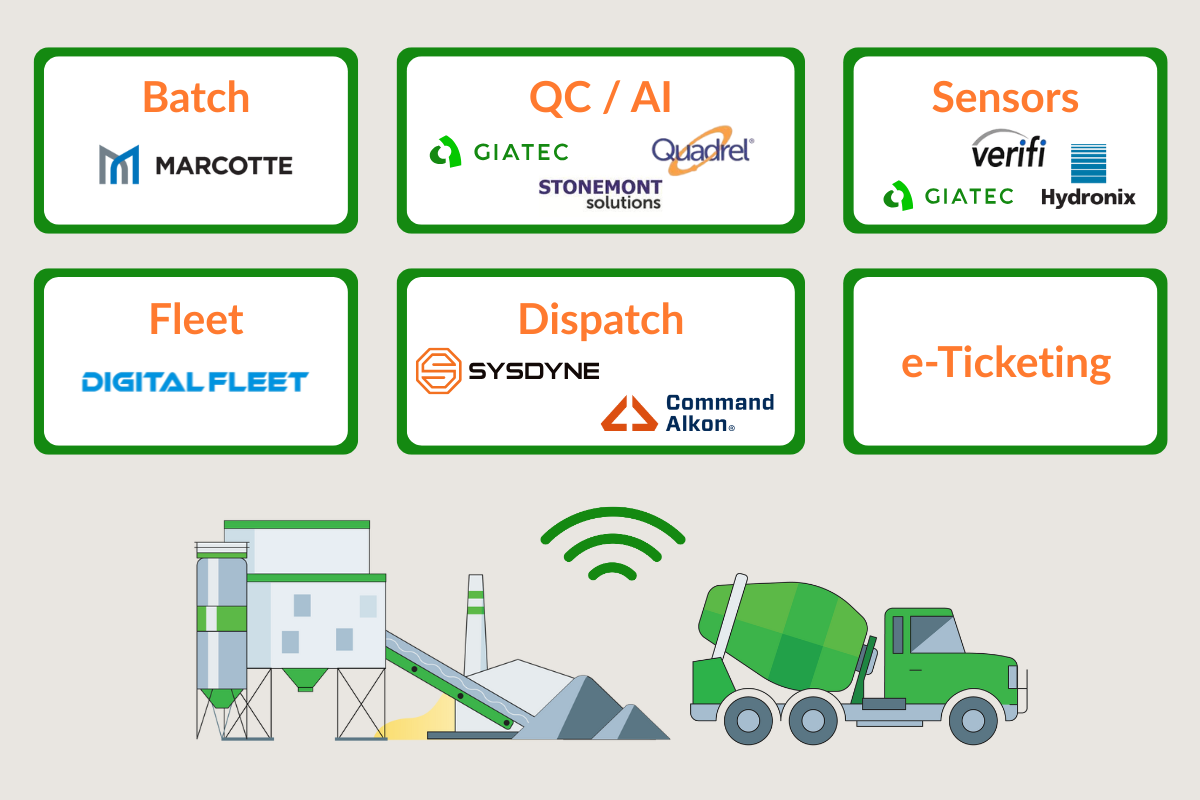Reviewing Top New Technology from 2017
We all know how much technology plays a roll in our every day lives. Not only is it changing the way we do things at home and in the office, but it’s making its way onto the job site. As we wrap up the first month of 2018, we decided to take a look at some new and influential technology in construction from last year.
Explore 12 Futuristic Technology Trends Solving Concrete's Biggest Challenges.
Drones & UAVs
Unmanned Aerial Vehicles, commonly referred to as UAVs or drones, are aircrafts that are piloted through a remote device or computer. Typically, UAVs are controlled manually, or can be automated using a predetermined flight path. UAVs help construction by taking aerial photos, and generating maps & 3D images which will ultimately help track the progress of the project.
Uplift Data Partners is a service that will fly drones over your project and collect data during each phase of the construction process. Uplift gains insights from drone measurements to help prevent common construction mistakes in site balancing, concrete layout, quantity tracking, and fulfillment verification.
Holographic Lens (Mixed Reality)
Microsoft HoloLens is paired with Kazendi’s app “Spatial Explorer” to create a helpful tool on the jobsite. Microsoft HoloLens is a mixed reality goggle, similar to virtual reality except it adds holographic elements to the real environment. The HoloLens uses detailed 3D scans and texture maps allowing for an enhanced experience. Integrating the HoloLens with the spatial explorer app allows on-site workers to access manuals and training hands free whenever necessary.
Building Information Modeling (BIM)
BIM is a 3D-model based software for creating and managing project information. It is especially convenient for projects with restrictions as it has the ability to analyze the layout and to enhance planning and design. BIM not only helps architects, but the majority of roles within a construction project. Companies like Autodesk and GRAPHISOFT create BIM software for an easier operation of design, engineering, data collection, and project management.
Another growing technology in our industry is used to track equipment and time, and record the necessary data within these elements. Recorded data could be anything from tracking hours, amount of time equipment was used, location of equipment, and more. BusyBusy is an app that can track and monitor your team & onsite equipment. This app uses geofencing (the use of GPS to create a virtual graphic map that is compatible with a mobile device), to help keep tabs on a site’s equipment and team members. The app not only tells you where to locate your equipment, but who operated it last, how many hours it’s been used, and how much fuel is left. BusyBusy is compatible with any mobile device or laptop, and does not need to be connected to internet or cell service to work. It also features management tools to collect employee hours and review budgets, which will in turn benefit payroll.
Connected Job Sites (Integrated Mobile Technology & Information)
Although going mobile isn’t new to the industry, it had a significant impact to construction in 2017. Tablets and smart phones are becoming more and more popular on job sites, contributing to the connection of the job site to the office and vice versa. This has been proven extremely beneficial to everyone involved, whether a foreman, engineer, QC, or even payroll.
Integrated mobile technology provides a way to share data and important information in real-time, improving jobsite connectedness. SmartRock® is a rugged waterproof wireless sensor/logger that integrates an app to monitor the temperature of concrete in real-time. The continuous measurements are recorded on the SmartRock® memory and can be downloaded any time onsite using the mobile application on a smartphone/tablet.
Integration of the Cloud
The integration of the Cloud can be paired hand-in-hand with our number 5 spot, connected job sites. With data sharing between employees, storage and accessibility plays a huge role. The cloud is a must when it comes to storing and accessing large amounts of data, including applications, design, and other resources that are essential for optimizing the jobsite. The cloud is easily accessible through your smart devices via a network connection, and can be shared between workers, contractors, clients, etc. A jobsite that utilizes the cloud will be able to streamline important information, organize and store data, and make this information easily accessible.
Discover the construction challenges and solutions of the future!











One Response
thank you